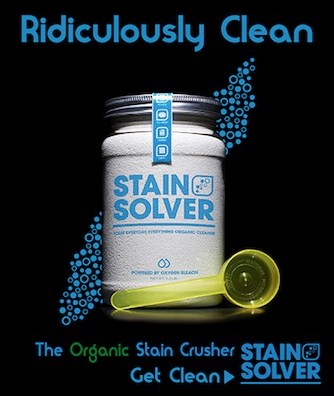Exterior Peeling Paint
DEAR TIM: The exterior of my 50 year old house was repainted just one year ago. I have many spots that are peeling. I am convinced that I do not have a moisture problem. The painter scraped the house very thoroughly before he started to paint. What went wrong? L. D.
DEAR L. D.: Your description of the 'prep' work which was performed prior to painting left out one of the most important steps. Read the paragraph labeled "Surface Preparation" on the side of your paint can. Generally, the first sentence will state that you should remove all dirt from the surface. Your painter forgot to wash your house prior to applying the paint.
Failure to properly wash the surface is probably one of the most common causes of premature paint failure. Frequently, people think they clean the surface, when in fact they merely rinse it off. Rinsing and cleaning are not the same thing.
Most manufacturers recommend the use of a 'powdered commercial cleanser.' There are many acceptable soaps which meet this specification. The point is, you must use soap AND water to properly clean the surface. The cleaning process removes more than dirt. It also removes chalk, airborne oils, tree sap, and bacteria produced oils.

Stain Solver is MADE in the USA with USA ingredients that are food-grade quality. CLICK THE IMAGE to order some NOW.
The best organic cleaner to use outdoors on your paint is Stain Solver.
Stain solver is a certified organic product made in the USA with US ingredients. You just mix the pure powder with hot tap water, stir, and put the solution into a garden hand-pump sprayer.
Spray the painted surfaces with the solution allow to sit for 15 minutes and scrub with a brush used to clean RVs.
Chalk is produced by the natural breakdown of paint. Rub your finger across some paint which has been exposed to sunlight and the weather. Generally, your finger will pick up this 'chalk' from the painted surface. This chalk will be the same color as the paint. If you understand how paint is made, you will better understand why it chalks.
Is the exterior of your house looking drab? Find the professional painters by using my Exterior Painting & Staining Checklist. I offer a 100% Money Back Guarantee.
Paint is usually made from three primary groups of materials: resin, pigments, and vehicle. The resin is the product which enables paint to stick to things and it also holds the pigment together. The pigment is the part that gives paint its color. The vehicle is the part that makes paint a liquid. When paint dries, the greater part of the vehicle evaporates into the air.
Ultraviolet light from the sun and natural weather processes break down the resin. This breakdown then releases pigment at the surface. These pigment particles are just barely hanging on at this point. Rain water can easily remove them. You generally see the end result on stained brickwork or masonry foundations immediately below painted surfaces. Some paints chalk more readily than others.
The use of soap in the cleaning process also is beneficial in another way. A large majority of latex exterior house paints are alkaline. Most soaps are also alkaline. When you wash a surface and rinse it off, often the surface that you washed remains slightly alkaline. This enables the paint to stick or bond much more readily to the surface.
Do not underestimate the value of properly cleaning your house before painting it. A properly cleaned surface can add years to an exterior paint job. This translates to dollars which you can either save or spend on some other home improvement. Insist on the use of soap, water, a soft bristle scrub brush, and elbow grease the next time you hire a painter. If you follow the instructions on the paint can label, your efforts will usually be rewarded with a long lasting paint job.
Column 013